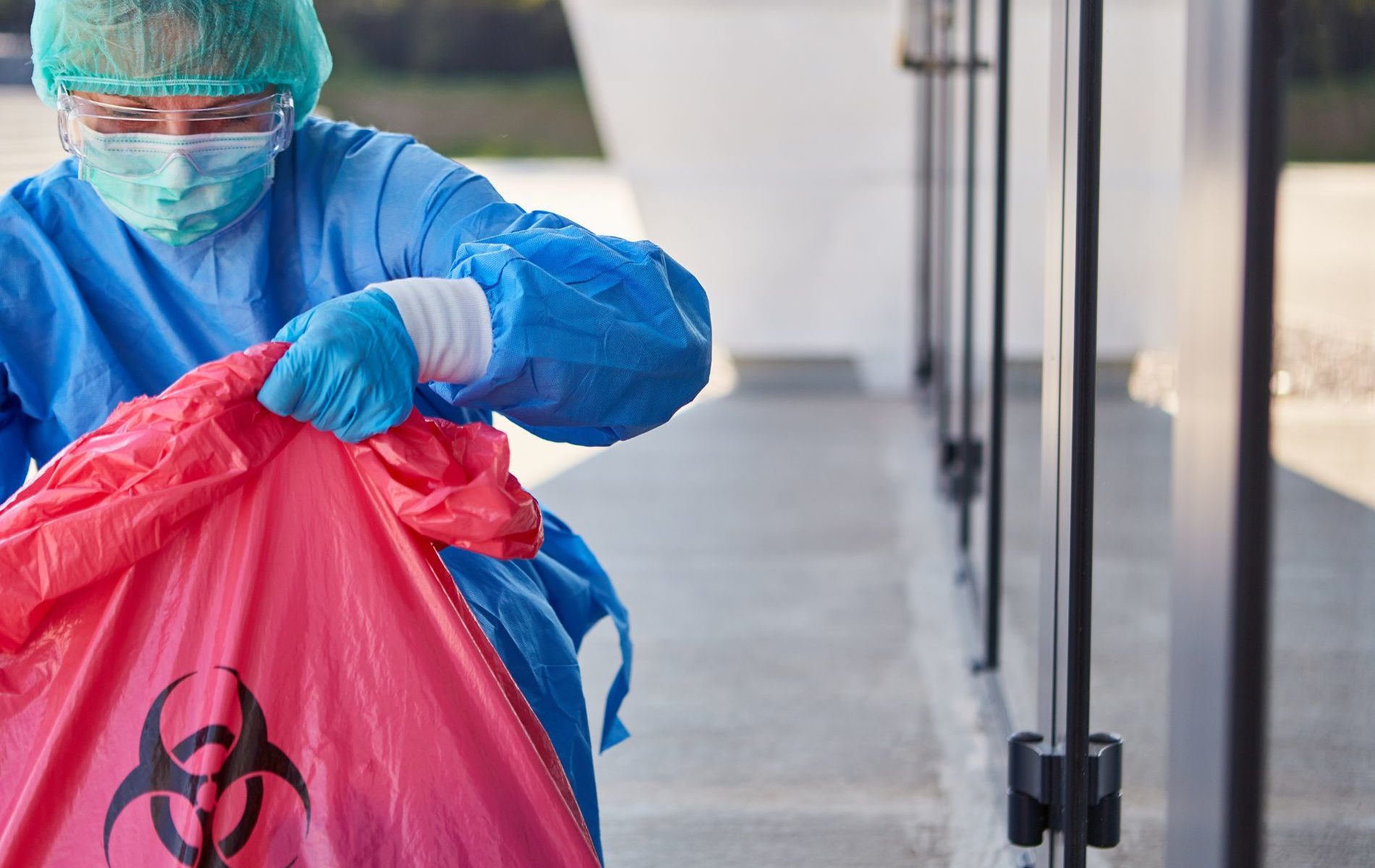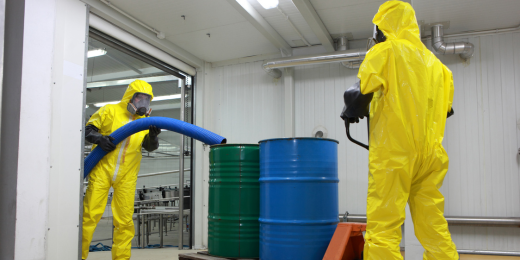Not known Details About Reclaim Waste
Not known Details About Reclaim Waste
Blog Article
About Reclaim Waste
Table of ContentsSome Ideas on Reclaim Waste You Should KnowReclaim Waste Things To Know Before You Buy7 Simple Techniques For Reclaim WasteThe Reclaim Waste StatementsThe Definitive Guide for Reclaim Waste
Discover the kinds, events, and types of liquid waste. Domestic sewer waste refers to the waste and products from a household sewage-disposal tank. This type of waste is created by humans in residences, schools, and other buildings. This only consists of septic systems that have a drainpipe field. The proper management and disposal of residential sewer waste call for fluid waste to be moved to a sewage treatment plant where the appropriate approaches and devices are put on detoxify and dispose of waste.
Industrial waste typically consists of possible risks, such as flammable products or a blend of liquid and strong waste items, and requires an advanced and thorough disposal process. The disposal of industrial waste typically involves the filtration of waste before transport to make certain safe and appropriate disposal. Industrial waste is developed from by-products and runoff of commercial procedures and production.
This type of waste can not make use of the exact same sewage management transportation or procedures as septic or industrial fluids. The hazardous waste management process needs the evaluation and screening of fluid waste before it goes through the disposal procedure (liquid waste disposal melbourne). Runoff waste is the fluid waste that comes from overflow and excess stormwater in highly populated locations or cities
Runoff waste can create contamination and flooding if not dealt with properly. Ensuring correct waste administration can protect against catastrophes and decrease ecological injury.
The 7-Minute Rule for Reclaim Waste
Call PROS Solutions today to discover our waste monitoring and disposal services and the appropriate means to care for the fluid waste you create.
(https://www.metal-archives.com/users/reclaimwaste1)This so-called 'wastewater' is not just a vital source but, after therapy, will be released to our land, rivers or the ocean. Utilized water from toilets, showers, baths, cooking area sinks, washings and commercial processes is understood as wastewater.

water used to cool down machinery or tidy plant and devices). Stormwater, a form of wastewater, is overflow that moves from agricultural and city areas such as roofs, parks, gardens, roadways, courses and seamless gutters into stormwater drains pipes, after rain. Stormwater streams without treatment directly to neighborhood creeks or rivers, at some point reaching the sea.
All About Reclaim Waste
In Queensland, the majority of wastewater is dealt with at sewage treatment plants. Wastewater is moved from domestic or commercial websites via a system of sewers and pump terminals, known as sewage reticulation, to a sewage therapy plant.
The Department of Natural Resources encourages neighborhood governments about managing, operating and keeping sewage systems and therapy plants. In unsewered areas, city governments might need householders to mount individual or family sewer treatment systems to deal with residential wastewater from toilets, cooking areas, shower rooms and washings. The Department of Natural Resources authorizes using household systems when they are shown to be efficient.
The majority of stormwater gets no treatment. In some brand-new class, treatment additional hints of some stormwater to remove clutter, sand and crushed rock has begun making use of gross contaminant traps. Wastewater therapy occurs in four phases: Removes strong matter. Bigger solids, such as plastics and other things incorrectly discharged to drains, are removed when wastewater is gone through displays.
Wastewater then flows into large tanks where solids resolve and are removed as sludge. Oil and residue are skimmed from the surface. Uses tiny living microorganisms called micro-organisms to break down and eliminate continuing to be liquified wastes and fine bits. Micro-organisms and wastes are included in the sludge. Eliminates nitrogen and phosphorus nutrients that could cause algal blossoms in our waterways and intimidate marine life.
The Only Guide to Reclaim Waste
Nutrient removal is not readily available at all sewage therapy plants due to the fact that it requires expensive specialised devices. It is ending up being a lot more usual in Queensland. Clear fluid effluent generated after therapy might still contain disease-causing micro-organisms. If this effluent is released into rivers such as rivers or the sea, the micro-organisms will ultimately pass away out.

The majority of wastewater moves into the sewage system. Under the Act, local governments provide approvals and licences for ecologically relevant tasks (ERAs) entailing wastewater launches that might have a regional effect.
9 Simple Techniques For Reclaim Waste
Tracking offers accurate info regarding water high quality and can validate that licence problems are being fulfilled. The details obtained through monitoring provides the basis for making water quality decisions.
Report this page